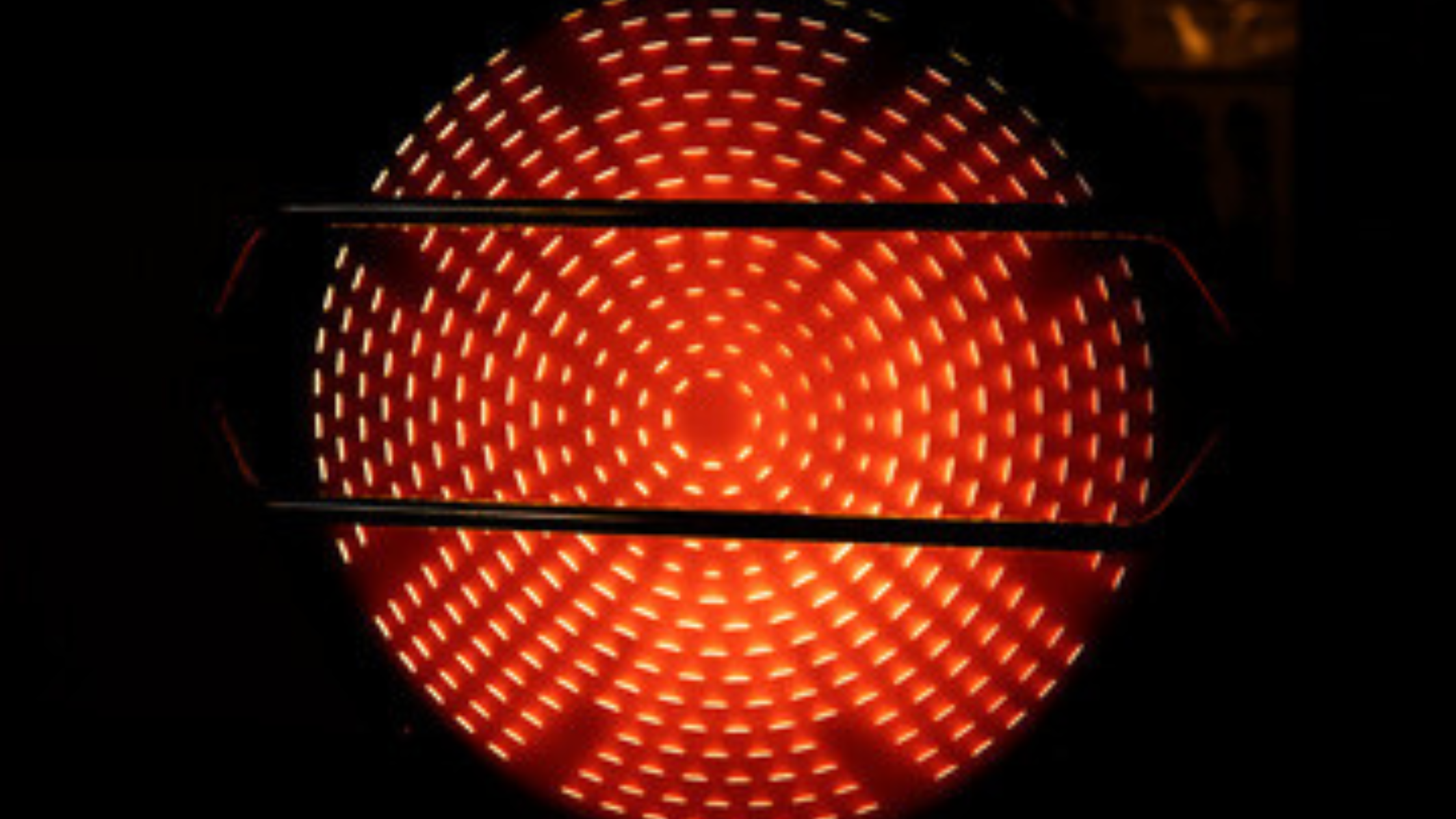From early breakthroughs to modern applications, the history of electric heating is a story of technological progress and home heating solutions.

History of electric heating: Have you ever wondered how we stay warm during the cold winter months? While many people may think of central heating systems or traditional fireplaces, the history of heating actually goes much further.
In fact, the pioneers of electric heating were at the forefront of innovation in the early 20th century, laying the groundwork for the modern heating systems we rely on today.
Join us as we delve into the surprising history of electric heating and uncover the forgotten pioneers who shaped this remarkable technology.
The Birth of Electric Heating
Electric heating may seem like a recent development, but its origins can be traced back over a century. The first electric heating system was invented in the late 1800s by two inventors, Thomas Edison and Edward Johnson. They devised a way to pass current through a wire filament, creating heat and producing a warm glow similar to that of a traditional fire.
However, it was Albert Marsh who truly revolutionized electric heating with his invention of the first electric heating element in 1905. Marsh’s creation consisted of a high-resistance alloy wire wrapped around a ceramic core, allowing for efficient heating while withstanding high temperatures. This breakthrough opened up a world of possibilities for electric heating.
The Rise of Resistance Heating
With Albert Marsh’s invention, resistance heating began to gain widespread popularity. This type of heating operates on the principle of resisting the flow of electricity, which in turn generates heat. To better understand how it works, think of a toaster. When you insert a slice of bread and switch it on, electricity passes through the coils inside, which resist the flow of current and produce heat.
Resistance heating quickly became the go-to method for electric heating, finding its way into various applications, ranging from industrial processes to domestic use. Electric radiators, electric baseboard heaters, and electric thermal storage systems all owe their existence to the pioneers who developed and refined resistance heating technology.
The Advent of Electric Heat Pumps
While resistance heating was becoming more popular, another groundbreaking development was on the horizon. In the 1940s, Robert C. Weber and his team invented the electric heat pump, taking electric heating to new heights. A heat pump works by transferring heat from one space to another, rather than generating heat directly. This energy-efficient approach allowed for both cooling and heating functions, making it a versatile alternative to traditional heating systems.
Electric heat pumps gained traction in the residential and commercial sectors, offering cost-effective and environmentally friendly heating options. Today, heat pumps are widely used in geothermal heating systems and air-source heat pumps, providing efficient heating and cooling for countless households.
The Revival of Electric Heating
Despite its rich history and numerous innovations, electric heating experienced a decline in popularity during the mid-20th century. The development of central heating systems fueled by fossil fuels took center stage, leaving electric heating in the shadows. However, recent efforts to address climate change and reduce carbon emissions have sparked a renewed interest in electric heating.
Electric heating has now become synonymous with sustainability and energy efficiency. Advances in technology have led to the development of smart electric heating systems that can be controlled remotely, enabling homeowners to optimize energy usage and reduce costs. Moreover, the integration of renewable energy sources, such as solar and wind, has further enhanced the eco-friendly nature of electric heating.
Embracing the Future of Electric Heating
As we look to the future, electric heating is poised to play an even greater role in the quest for sustainable and efficient heating solutions. With ongoing advancements in technology, electric heating systems are becoming more intelligent and adaptable to individual needs. We can now enjoy the benefits of zoned heating, allowing us to heat specific areas of our homes without wasting energy on unused spaces.
Furthermore, the integration of energy storage systems is revolutionizing electric heating. By storing excess energy during non-peak periods, homeowners can use it later when the demand is higher, reducing reliance on the grid and maximizing efficiency. These innovative solutions not only provide more control over heating but also contribute to a greener, more sustainable future.
Conclusion of History of Electric Heating
In conclusion, the history of electric heating is filled with remarkable individuals who paved the way for the modern systems we rely on today.
From the groundbreaking inventions of Albert Marsh and the widespread adoption of resistance heating to the advent of electric heat pumps and the current revival of electric heating, it is clear that this technology has come a long way. As we embrace the future, electric heating holds tremendous potential to provide sustainable and efficient solutions for our heating needs.
So, the next time you feel warmth spreading through your home, remember the forgotten pioneers who made it all possible.

